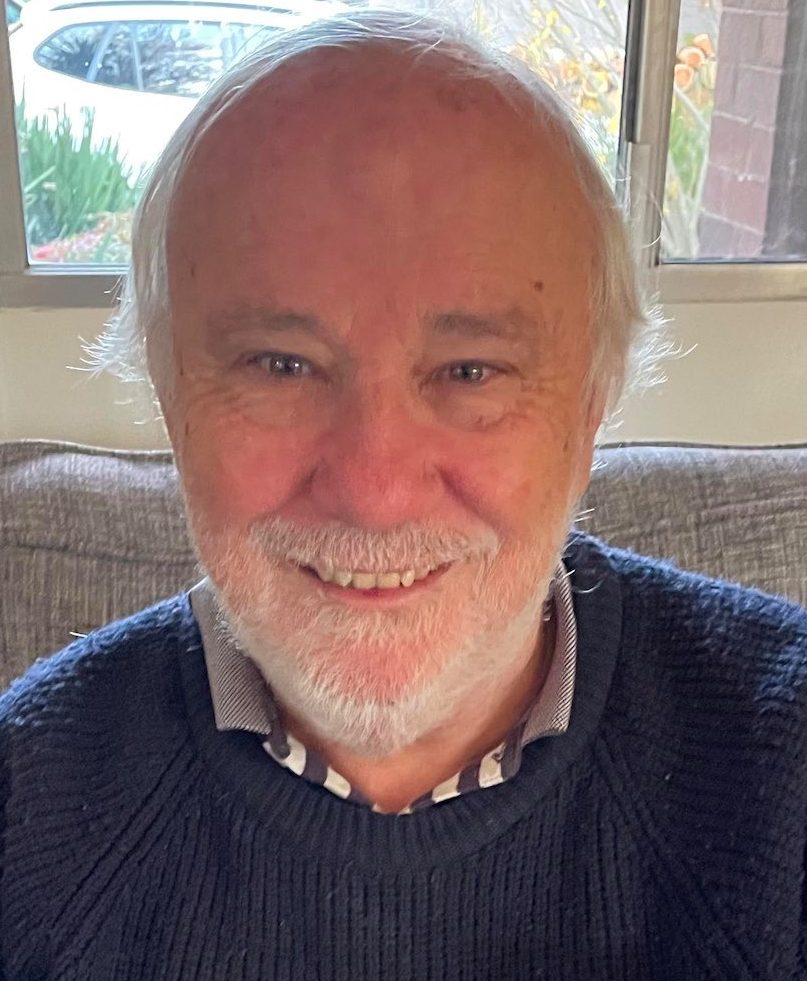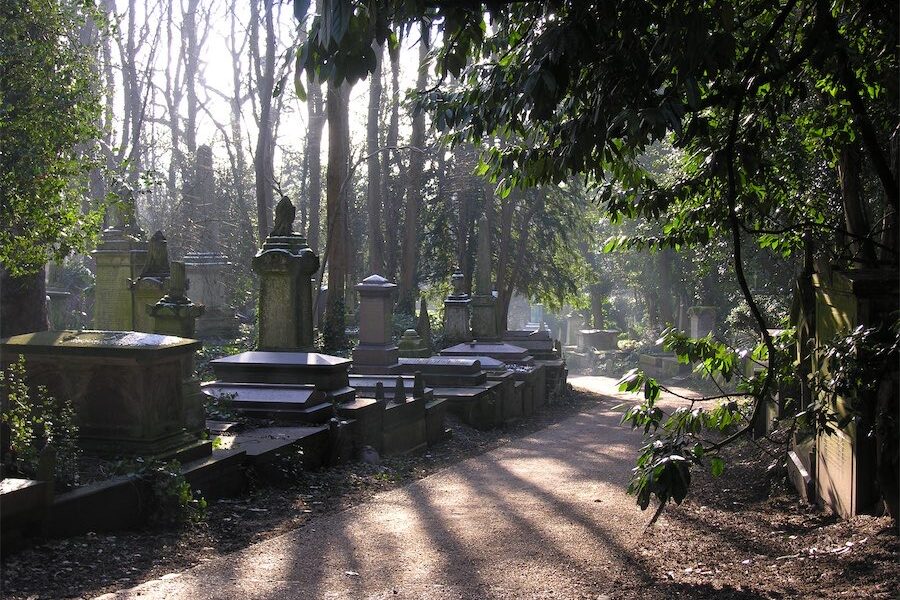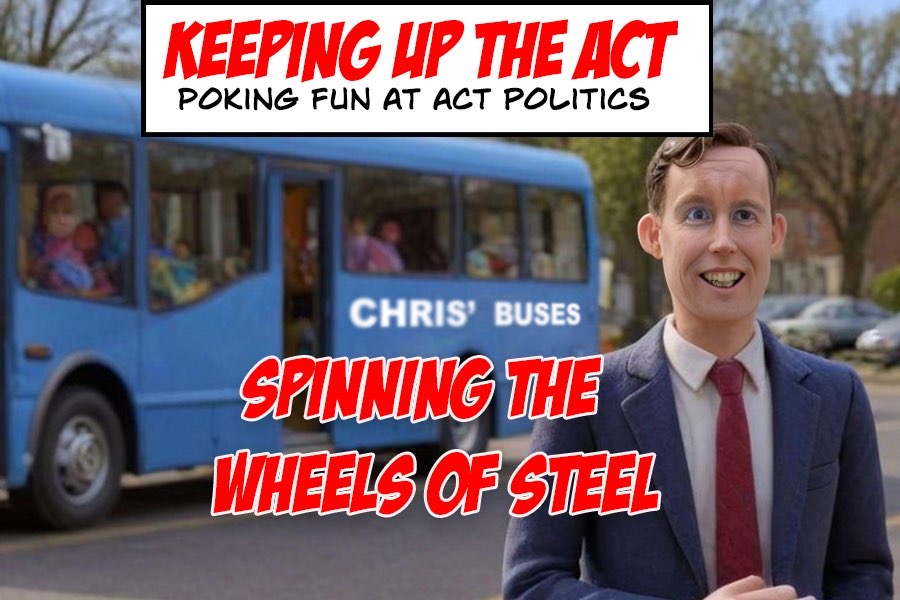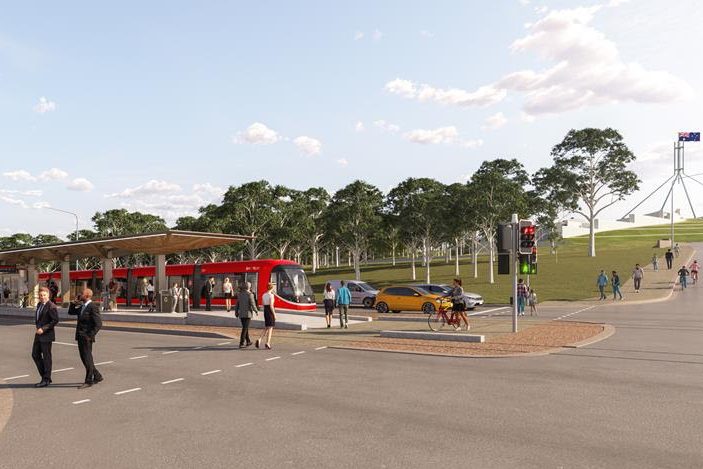
“For transport strategies to be more effective a better understanding of travel behaviour is needed. The choice of transport mode is influenced by convenience, comfort, time, income and cost,” writes former planner MIKE QUIRK.
Canberra is no longer an exemplar of city development.

High housing costs, insufficient social housing, inadequate land supply, poorly managed redevelopment, insufficient city maintenance, inadequate provision of public transport and cycling infrastructure – indicate the current planning, development and transport strategies and their implementation are deficient.
To improve the quality of life of all Canberrans, those seeking election should commit to an independent review of the strategies.
Social, economic, political and demographic changes have diminished the effectiveness of the planning framework provided by the National Capital Development Commission.
The changes reduced the dispersal of Commonwealth offices to the town centres (designed to reduce commuting time and support businesses at the centres) and the ability of local centres, especially those outside inner Canberra, to deliver a range of facilities services close to homes. The latter has been detrimental to those with low mobility and has been a constraint on the share of trips made by walking and cycling.
A major response was the introduction of infill policies to reduce travel by placing housing close to employment, to make use of underutilised social and physical infrastructure and to widen housing choice.
A review of residential and employment location policies is urgently needed.
An underlying objective should be to improve access to jobs, education, health services, shops, hairdressers, recreation, open space, cafes, restaurants, clubs, pubs and gyms throughout the city.
The appropriateness of the current 70 per cent infill policy needs investigation.
How well is it delivering its aims? Has substantial redevelopment in inner Canberra absorbed underutilised infrastructure, reducing the differential in infrastructure costs between redevelopment and greenfield areas?
Has it contributed to increased prices for houses throughout Canberra and increased low-density, car-dependent development of the region?
How well does the policy meet housing preferences and how much has it reduced travel and widened housing choice?
Could more be done to disperse employment, facilities and services to the town centres and to improve the functioning of local centres?
To lower greenhouse emissions, accidents, pollution and parking land, current transport strategies seek to reduce car use. They have had little impact.
The 2026 targets are for 16 per cent of work trips to be by public transport and 14 per cent cycling and walking. At the 2021 Census, public transport attracted 6 per cent of work trips and cycling and walking 6.1 per cent (10.9 per cent worked at home).
For transport strategies to be more effective a better understanding of travel behaviour is needed. The choice of transport mode is influenced by convenience, comfort, time, income and cost.
For governments the challenge is to provide transport infrastructure that maximises benefits to the community within budgetary constraints, balancing its priority against competing needs in areas including health, education, housing, recreation and cultural facilities.
Within the transport budget governments need to determine the relative priority given to increasing the frequency and coverage of the bus network; road and cycling infrastructure; electrification of the bus-fleet; bus priority measures (including extension of transit lanes); park and ride facilities; parking supply and charging policies; residential and employment location and the technology on the inter-town public transport route (IPTR).
The most contentious issue is whether light rail or buses should be operated on the IPTR. The government is implementing light rail while the Liberal Party is proposing a busway.
The government has not justified its prioritisation of light rail and has not analysed the merits of bus rapid transport (BRT). Independent analyses have found light rail for the Civic to Gungahlin stage was a poor use of public funds and BRT would have been a superior option.
Key questions include:
- Does light rail increase patronage significantly more than a high-quality bus service?
- How essential is light rail to increasing density given the high demand for higher-density housing at the Belconnen, Tuggeranong and Woden town centres and Kingston, areas not served by light rail?
- Has increased working from home reduced the need for the transport capacity provided by light rail?
- Has light rail diverted funds from potentially more cost-effective transport strategies such as increasing the frequency and coverage of the bus network and other community needs?
- Are materials and labour available to enable its timely provision?
- Could the delay in the Woden extension to 2033 diminish advantages it may have had over bus alternatives?
A comprehensive review of the strategies would assist in the justification of infrastructure priorities and development policies and improve the community’s understanding of the cost and benefits of alternative strategies.
The structure of government in the ACT, combining state and local functions, should assist good governance, but too often belief has triumphed over evidence.
Perhaps the threat of the election of independents in the mould of a David Pocock or a Michael Moore and the move to the centre by the Liberals could result in the Barr government removing its blinkers and earplugs and adopt evidence-based planning and transport policies.
Mike Quirk is a former NCDC and ACT government planner.
Who can be trusted?
In a world of spin and confusion, there’s never been a more important time to support independent journalism in Canberra.
If you trust our work online and want to enforce the power of independent voices, I invite you to make a small contribution.
Every dollar of support is invested back into our journalism to help keep citynews.com.au strong and free.
Thank you,
Ian Meikle, editor




![Evie Hudson is a woman with amnesia, who forgets the last 13 years. Piecing her life back together, she navigates the harsh realities of coercive control.
Evie is the leading character in local author @emmagreyauthor's second novel Pictures of You.
Her debut book, The Last Love Note, sold more than 100,000 books worldwide within a few months of being published last year.
“I think that using amnesia really helped [show the effects of coercive control] because she had that sense of being completely lost in her own life,” Emma says of her new work of fiction.
To read the full story and find out more about this fabulous local author and her latest novel, visit our website at citynews.com.au or click the link in our bio! 📚✒️
#canberra #local #canberralocals #canberralife #australia #author #localauthor #Picturesofyou #coercivecontrolisabuse #dvawareness #bestsellingauthor #canberraauthor #localnews #citynews](https://citynews.com.au/wp-content/plugins/instagram-feed/img/placeholder.png)
Leave a Reply